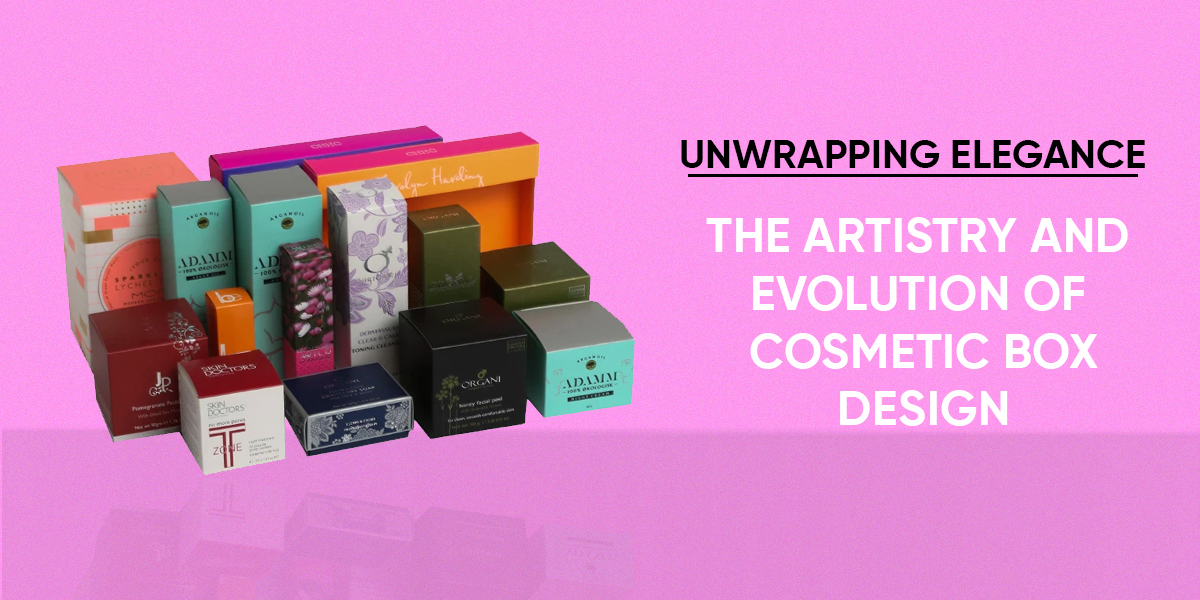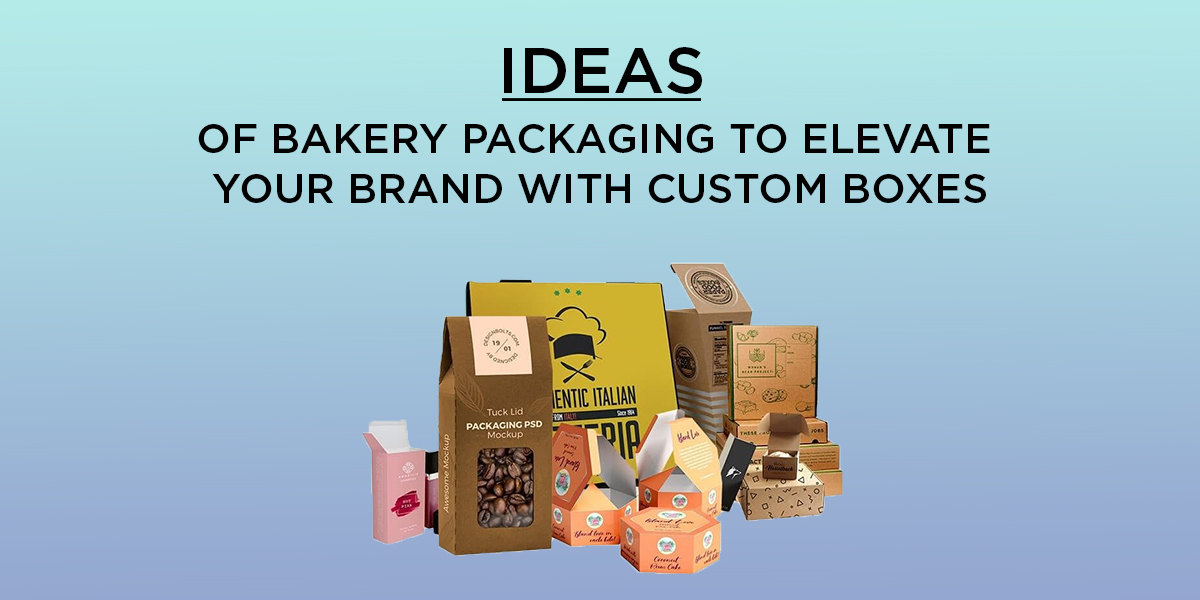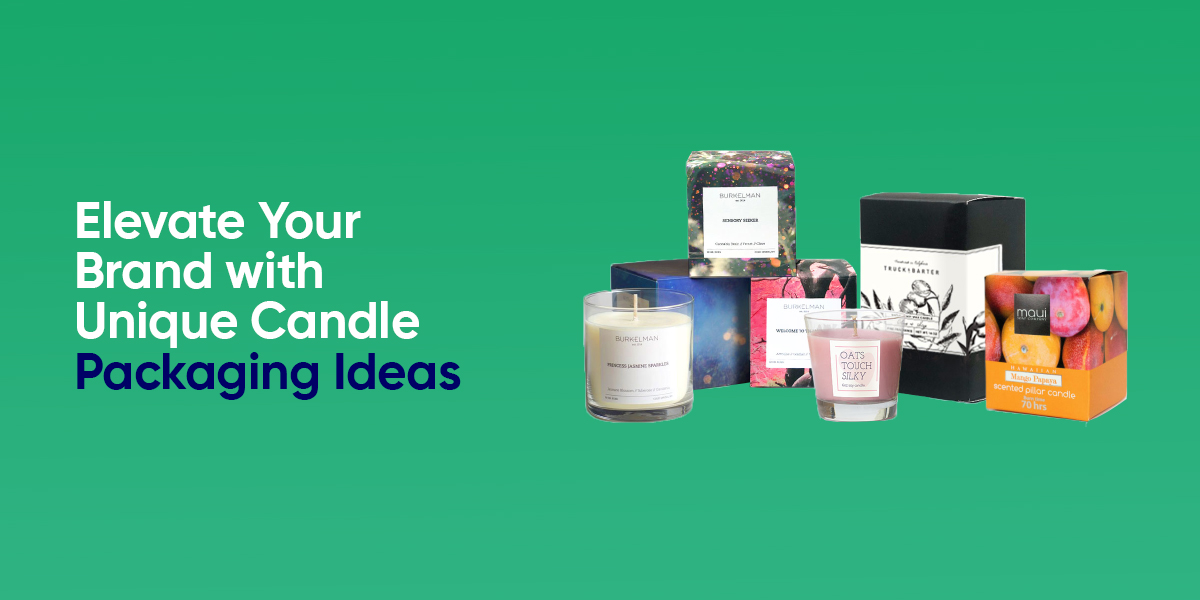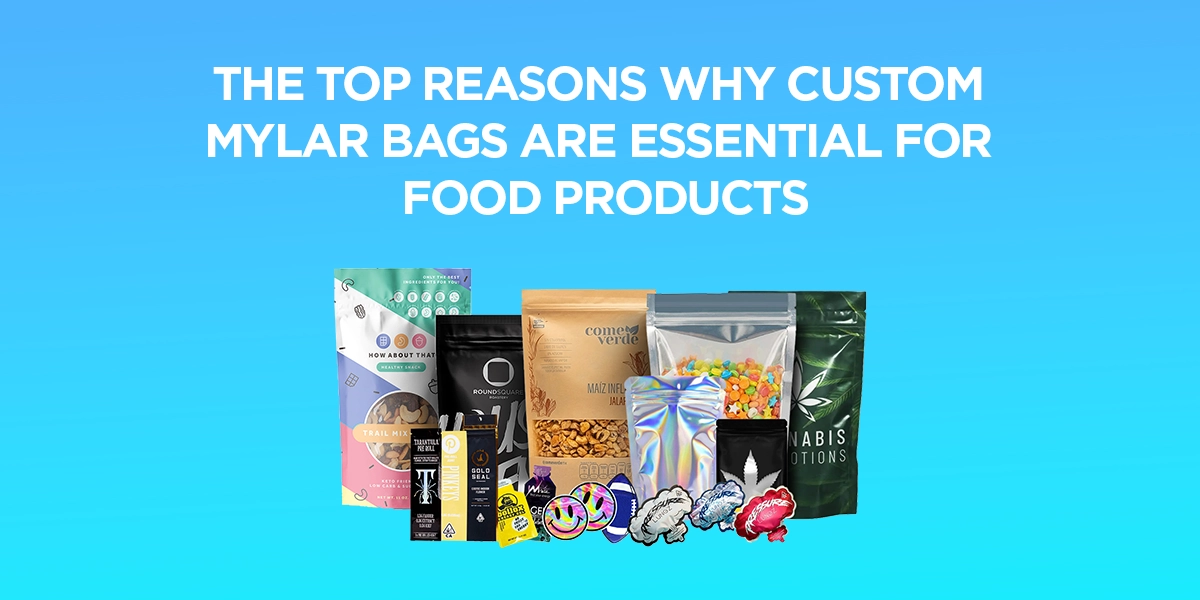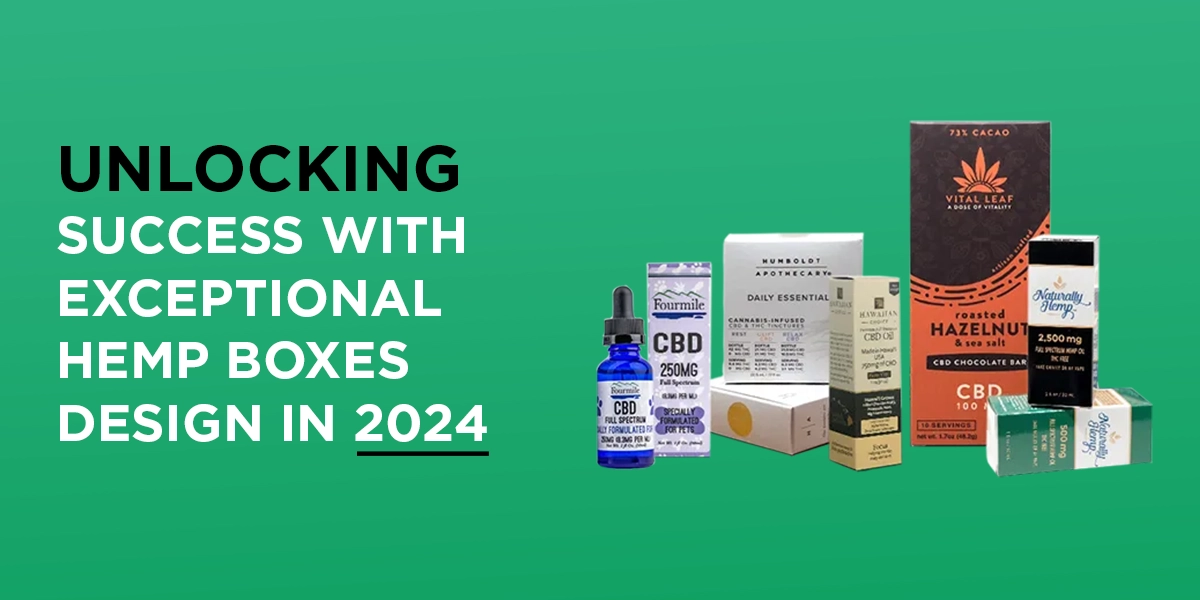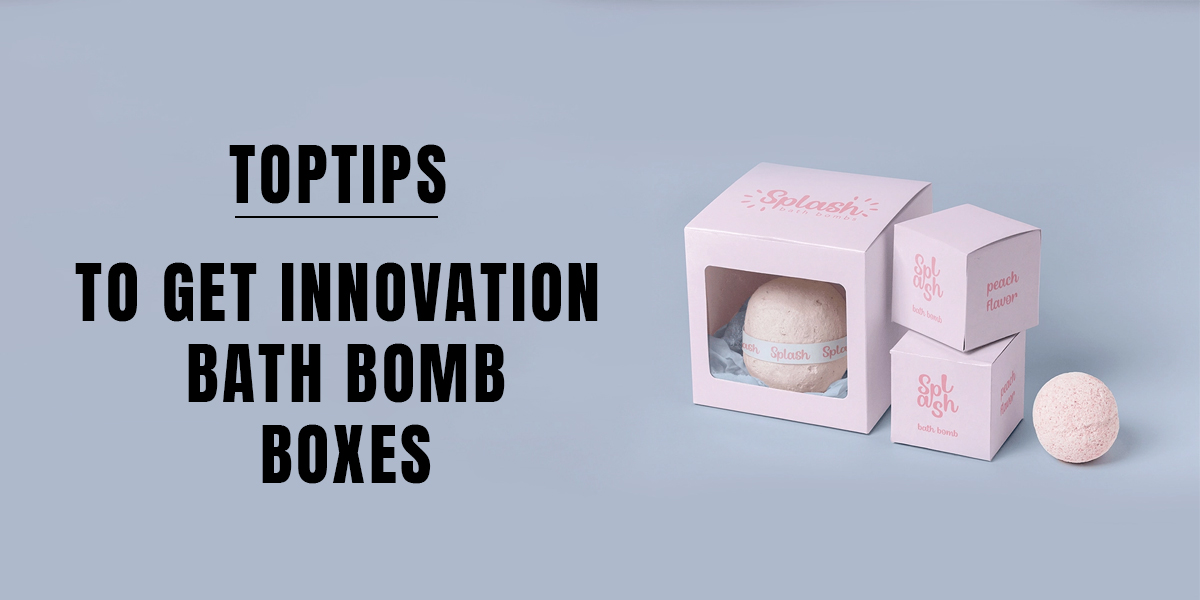Unwrapping Elegance - The Artistry and Evolution of Cosmetic Box Design
In the realm of beauty and cosmetics, packaging is more than a mere vessel; it is a testament to the essence of the brand it holds. Cosmetic boxes are the first touchpoint between a product and its consumer, embodying a delicate dance of design, psychology, and innovation.
In this exploration, we dive into the intricate world of cosmetic box packaging, unraveling the nuances that shape its aesthetics, the psychology of color and typography, sustainable practices, and the dynamic trends defining this ever-evolving industry.
I. The Aesthetics of Cosmetic Box Design
Cosmetic Boxes are the visual storytellers of beauty brands, speaking volumes about their identity and aspirations. The artistry involved in their design transcends mere functionality, capturing the essence of the product within.
Brand identity is seamlessly woven into cosmetic packaging. Consistent use of logos, color palettes, and typography ensures that consumers can instantly recognize and connect with their favorite brands, fostering loyalty.
The visuals on these boxes are carefully curated to evoke emotions and convey the unique qualities of the product. Whether through elegant imagery, minimalist designs, or bold graphics, each element contributes to the overall experience of the consumer.
The physical form of the cosmetic box is equally significant. Unique shapes and structures are employed to set a product apart, infusing an extra layer of allure and reinforcing the brand's commitment to innovation.
II. The Psychology of Color and Typography
Delving into the psychology of cosmetic box design reveals the intentional use of color and typography to create a captivating and emotionally resonant experience for consumers.
Colors are chosen not just for aesthetic appeal but for the emotions they elicit. Soft pastels may convey tranquility, while vibrant hues exude energy and confidence. Brands carefully select colors aligned with their image and the desired emotional response from consumers.
Typography, too, plays a pivotal role in conveying brand personality. The choice between elegant scripts, modern sans-serif fonts, or bold lettering contributes to the overall visual narrative. Readability is paramount, ensuring that essential information remains accessible to consumers.
III. Sustainable Practices in Cosmetic Packaging
As environmental consciousness grows, the beauty industry is embracing sustainable practices in packaging design. Cosmetic brands are adopting eco-friendly solutions to reduce their ecological footprint and meet the expectations of environmentally conscious consumers.
Recyclable materials, such as cardboard and paper, are becoming increasingly prevalent in cosmetic packaging. Brands proudly communicate their commitment to sustainability through eco-friendly symbols and messaging on their packaging.
Minimalistic designs are not only visually appealing but contribute to a reduction in material usage. Sustainability becomes a key selling point, appealing to consumers actively seeking environmentally responsible choices.
Refillable and reusable packaging solutions are gaining traction, minimizing waste and offering consumers a more sustainable alternative to traditional single-use options.
IV. Trends Shaping Cosmetic Box Design
In a constantly evolving industry, staying attuned to trends is essential for brands looking to captivate the attention of discerning consumers.
Personalization emerges as a powerful trend, allowing consumers to imprint their identity on the products they purchase. Monograms, custom color choices, and limited-edition personalized packaging create a sense of exclusivity and drive consumer engagement.
Interactive packaging features, such as augmented reality (AR) experiences or scannable QR codes, elevate the user experience. Brands leverage these elements to provide additional information, tutorials, or even virtual try-on experiences.
The revival of vintage-inspired packaging taps into nostalgia, creating a unique visual identity and resonating with consumers who appreciate classic aesthetics.
V. The Impact of Influencers on Cosmetic Packaging
In the age of social media, influencers wield significant influence over consumer preferences, extending their impact beyond product reviews to shape packaging trends.
Collaborative designs with influencers are on the rise, resulting in limited-edition packaging or exclusive product lines. These collaborations infuse a unique style, attracting followers and expanding the brand's reach.
The unboxing experience becomes a crucial aspect of cosmetic packaging design, with influencers often showcasing the process on social media. Brands focus on creating visually appealing and shareable packaging to maximize the impact of the unboxing experience.
VI. Future Directions in Cosmetic Box Design
As technology advances and consumer expectations evolve, the future of cosmetic box design promises exciting possibilities. Smart packaging, integrating technologies like NFC tags or RFID, offers real-time information about product usage, expiration dates, and personalized skincare recommendations.
Sustainable innovations continue to drive the industry, with exploration of biodegradable plastics, plant-based materials, and circular packaging models that encourage recycling or refilling.
Customization through artificial intelligence emerges as a possibility, with algorithms analyzing consumer preferences to offer personalized packaging recommendations for a more tailored shopping experience.
Ending Note
Cosmetic box design is a harmonious blend of art, psychology, and functionality. In its evolution, it reflects the shifting sands of consumer preferences and the industry's commitment to sustainability and innovation. Beyond being a mere container, cosmetic boxes embody the spirit of the brands they represent, contributing to the overall beauty experience and leaving a lasting impression on consumers who seek not just products, but an artful and delightful journey into the world of beauty.

